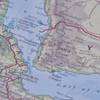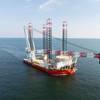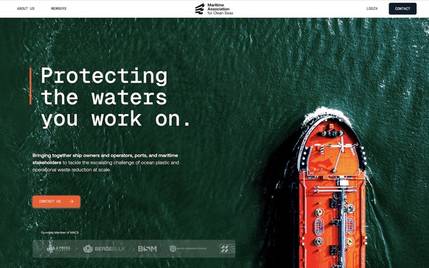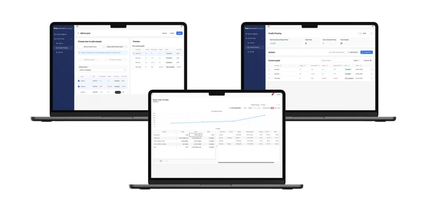Bardex in the Running for 2025 Ventus Award With OmniCrane™
Bardex, a global leader in products and engineering services that tackle marine-based challenges, is honored to be a Ventus Award finalist. The awards, in eleven categories, recognize and celebrate people and products that advance the feasibility and adoption of offshore wind and other ocean renewables. Bardex was selected as one of four finalists in the Health, Safety & Environment category for its proprietary OmniCrane, which, among its benefits, virtually eliminates the risk of at-height accidents.
The OmniCrane is a self-contained system that lifts and positions all of the components of a wind turbine generator, including tower sections, nacelle, hub, and blades. It allows for the assembly of the nacelle, hub, and two of the three blades over land, at quay level, thereby eliminating working over water, minimizing the number of heavy lifts, and reducing safety risks, assembly problems, and delays due to weather. Installation of the third blade is controlled by two points of contact as it is lifted vertically into the hub. The OmniCrane design is also flexible enough to lift the final blade horizontally if required by the OEM.
Pairing the OmniCrane with the Bardex OmniLift™ provides a stable platform for turbine integration, further eliminating over-water work, while enhancing schedule assurance and reducing operational risk through a robust set of capabilities. For example, sub-assemblies can be built in parallel to the platform assembly and staged prior to their installation, improving cost, schedule, and operational safety.
In contrast with diesel-driven cranes, the Bardex system is grid-powered, significantly reducing CO2 and other GHG emissions. Furthermore, because there is no need to bring the foundation quayside after launching, diesel-powered tug assistance is required only for towing out to the field.
The OmniCrane™ provides ports with a unique financial model, as well. Instead of renting cranes from equipment manufacturers or construction services companies, ports would own their OmniCrane and receive a day-rate from developers during installation and maintenance phases. When not in use for offshore wind applications, ports can put the OmniCrane to work supporting efforts in other industries, such as O&G decommissioning, module offloading, and marine construction, among others. This model translates into the ability to keep more state and regional investment dollars at home, supporting the local economy and job market, instead of flowing abroad to equipment rental companies.
Award winners will be announced at the Ventus Gala on April 29, 2025.












